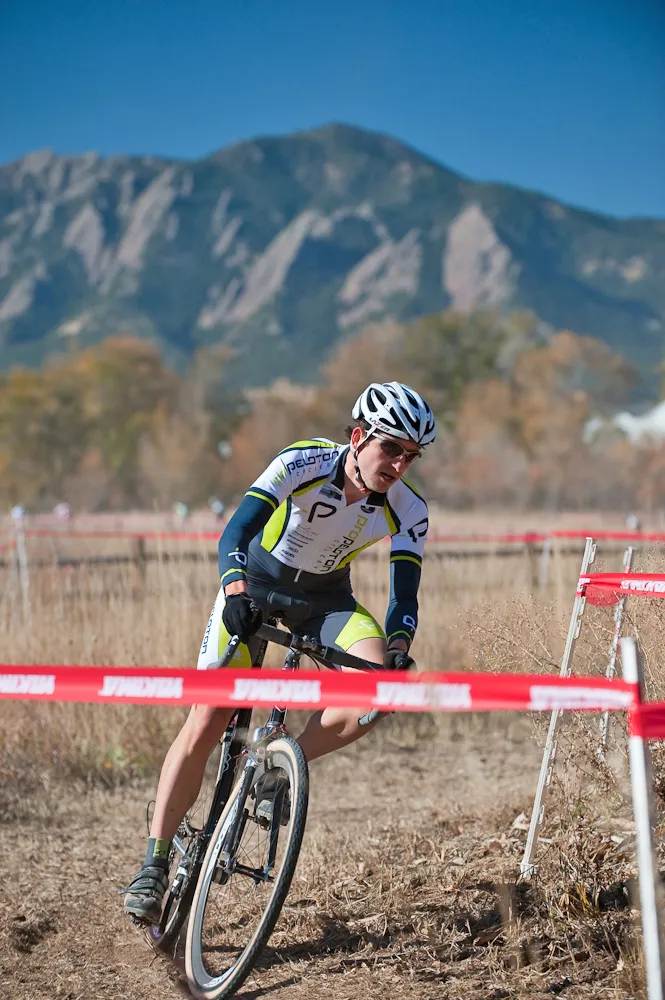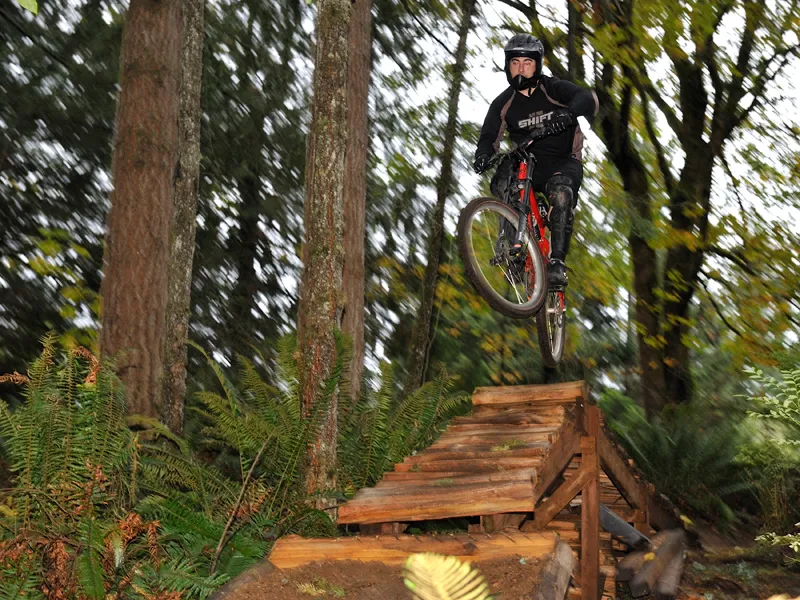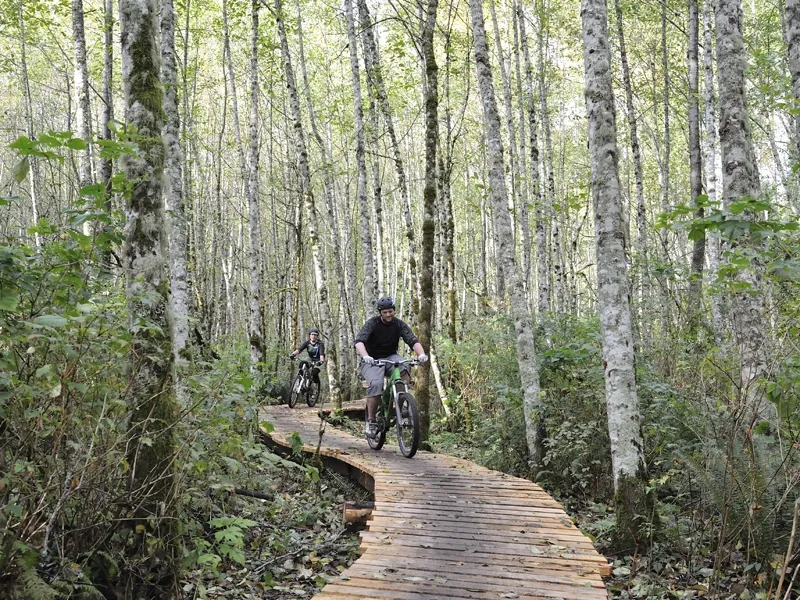Bobby Noyes watched the mayhem of the first cyclo-cross race held at Valmont Bike Park in Colorado last month with a small smile on his face. “After so long, just seeing the park used for its intention for the first time is amazing,” he said.
Even in the world of bicycle advocacy, 13 years is a long time to wait. That was how long ago Noyes and his friend Chris Grealish, owner of Boulder/Denver Couriers, first rounded up local riders and lobbied for a paved road course on the site.
The park in Boulder has finally arrived, surfing on a surge in popularity in the US of both purpose-built off-road bike centres and the sport of 'cross. And Noyes couldn’t be happier, because his modest concept has grown into a multi-million-dollar facility.
It's a wonder that the park ever got built. “The whole thing died on the vine after about two years,” Noyes said. “The budget started getting out of hand.” But he didn’t forget about that vacant piece of land, which sits on a gradual hill with an eye-popping view of the Rocky Mountains.
Enter Pete Webber, former pro mountain biker turned trail specialist for the International Mountain Bicycling Association. Two years ago, sitting in Noyes’ showroom at Rocky Mounts, he said: “We should build a bike park there.”
Fast forward to summer 2010, and the cyclists of Boulder will be pumping, jumping and ‘cross racing their hearts out on custom-built facilities for each discipline, spread over the 25-acre site. They'll also be riding four miles of cross-country trails, pedalling along a paved path to get into the park, and bringing their kids to the skills area. They’ll be dual-slalom racing, slopestyle riding on three different lines, and holding meetings and clinics in the renovated historic farmhouse.
No matter how you view it, it’s a pretty amazing turnaround for a city known for its glacial progress with new projects. This time, it’s because the cycling community got behind the project in droves, and then took it one step further – they promised to raise money.
Through the Boulder Mountainbike Alliance, an 18-year-old advocacy group that has learned the political side of trail access, donors gave US$410,000 (around £250,000) in one year. “BMA said they were going to raise money, but I don’t know if the city realised how serious we were,” Webber said. “They didn’t understand how much the public was going to embrace it. Since then, they’ve been blown away by the fundraising process and the public engagement.”
Riders of all stripes were more than ready to support a park like this. Since mountain biking had been banned in the town’s mountain backdrop since the 1980s, dirt lovers had to drive to trails. And the exploding cyclo-cross community was coming under fire for having nearly 100 people at its weekly training rides, which were moved around town to avoid wearing out their welcome.
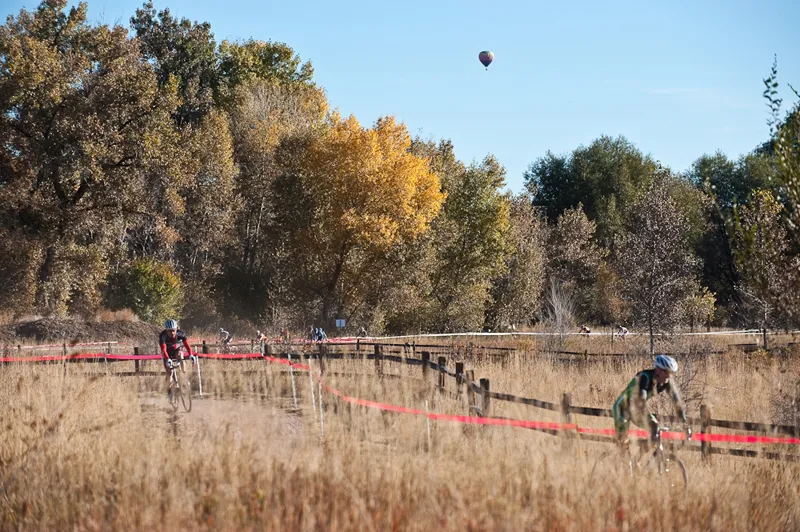
Another factor that helped turn the tide, Webber said, is the evolution of the sport itself. “Bicycling has come to the point where it’s done best when you have a purpose-built facility," he said. "Historically, biking has taken place on an ad hoc basis at other venues, and that’s not the best way to do it. It’s taken the city a while to figure that out.”
These ideas weren’t lost on the officials who were invited to a UCI cyclo-cross race at another city park, or those who attended a BMA membership party at Rocky Mounts. As a result, the city allocated $4.5 million for the first phase of the park, which also includes a dog park and infrastructure such as parking and sidewalks.
One more key element came through BMA’s offer to handle ongoing maintenance of the trails and bike features. Government agencies that are strapped for cash and employees will breathe a huge sigh of relief when volunteers take on that job. Webber said: "The city is extremely proud and pleased with the partnership. They’re treating it as a model for future public and private partnerships in other areas of the city.”
As the bike park movement spreads around the world, communities everywhere are creating their own options. “Bike parks can come in all shapes and sizes,” Webber said. “They can be scalable and start small on small pieces of land that no one else is fighting for.” Lyons, Colorado, for example, with a population of about 2,000, has a pocket park: a half-acre with just a pump track and a line of dirt jumps.
On the flip side, Seattle, Washington created the Duthie Hill Mountain Bike Park, a 120-acre forest with cross-country and freeride trails, and technical features. That city got even more creative with the I-5 Colonnade park, built underneath Interstate 5. Its two acres are bristling with elaborately sculpted ladder bridges, elevated drops and rock chutes.
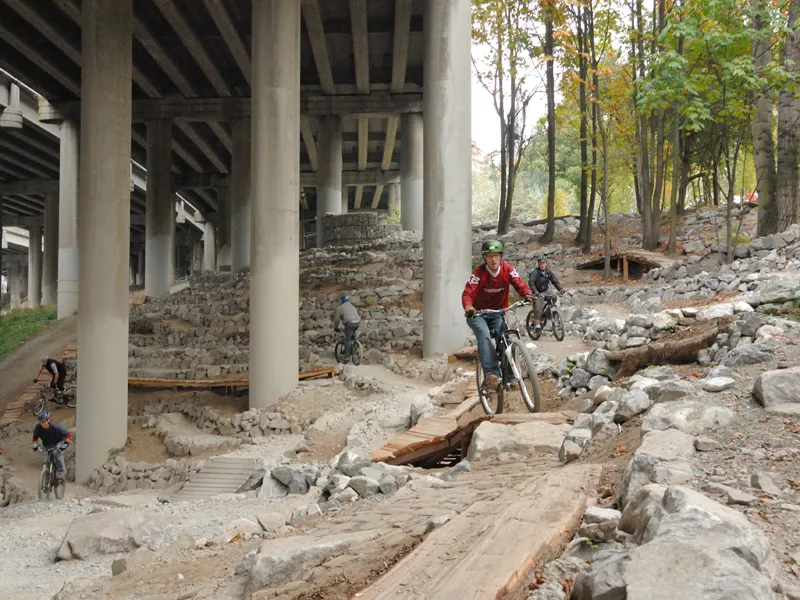
And look no further than Tasmania, Australia for a bike park worthy of top-level competition. There, the Glenorchy Mountain Bike Park hosted the 2009 Australian Nationals with downhill, four-cross, cross-country and enduro races.
For communities who are looking to build their own bike park, it’s imperative to have an established cycling organisation lead the charge, Noyes said. “Cities are much more trusting of groups with a board and a track record in the community.”
And never underestimate the power of the facts. “I would say what really turned the tide on Valmont for us was scientific proof, “ Noyes said. “We kept asking for the park but we were just another user group. Then the city did a random survey of residents, and the number one request was multi-use trails. The number two was mountain bike trails. So the city had solid proof that that was what people wanted.”
But planners should also be prepared for hiccups in the process. For example, at Rhyolite Regional Park in Castle Rock, Colorado, progress has slowed to a trickle due to the economic downturn. The park has a downhill course, with a one-way uphill trail to access it. Organisers had planned a pump track, another downhill trail and a skills area, but this winter, the pump track and some basic trails are the only items on the to-do list.
“We had budget decreases, so we had to look at our priorities,” said Rich Havel, trails planner for the town of Castle Rock. “It probably dropped us back a year.” After submitting a new budget in November, Havel hopes a town council approval will add the second downhill trail and skills area next summer. “You need patience and perseverance,” Webber said, “and the endurance to shepherd these projects through from the conception to the construction.”
In the meantime, organisers and local cyclists try to keep their eyes on the prize. “I think it’s going to bring all the different aspects of cycling together in one place, which is cool,” said Steve Capstick, a Boulder cyclo-cross racer. “And nothing against the city, but we don’t need another basketball court. We need a place to ride our bikes.”
